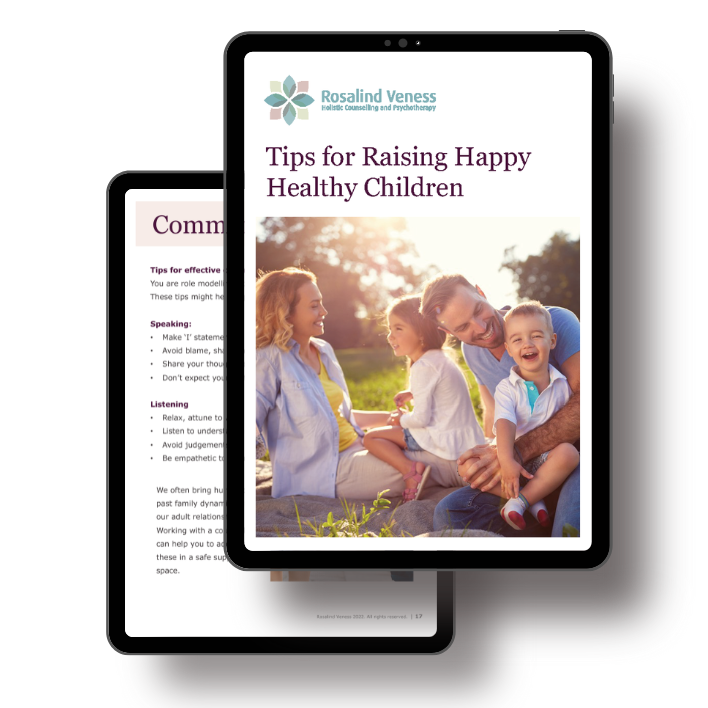
Raising a secure child is not always easy, particularly in today’s world. All parents want to do their best, but can sometimes we can feel a bit stuck and unsure. This is normal, particularly if your own childhood was difficult.
The good news is that it is possible to change the story, and you don’t have to repeat the mistakes from the past.
What is “Secure Attachment”?
Attachment describes a child’s relationship with parents/carer, and is a crucial part of their early development. A securely attached child:
- easily turns to their parents for comfort and support.
- sees their carers as providing a secure base from which to explore their world.
- knows their parents offer a safe haven to return to when feeling troubled.
Not all of us grew up with a secure attachment to our parents. For some people, childhood wasn’t easy. Perhaps you felt you lacked support, or were rejected by one or both parents. There is no blame, your parents did the best they could. The good news is that these insecure patterns of attachment don’t have to be repeated with your own children.
Benefits of a Secure Attachment
Creating security in attachment in your child’s early years will pay dividends throughout life. Your child will grow up knowing they can be accepted for who they are. This provides a strong foundation for successful adult relationships.
As a result, your child should
- to do better in school, enjoy better health.
- learn improved emotional regulation, social and communication skills.
- is likely to be more flexible and able to adapt to challenging situations
We are Social Beings
We are social beings, and our brains are organised to be in relationship. Your child’s early patterns of attachment begin with loving eye contact. From here, they learn to attune to your voice, subconsciously recognising patterns of sounds, facial expressions, and your body’s movements.
When we can be present with our children in their struggles, they learn to feel safe and secure.
Circle of Security Parenting Classes
Your child’s behaviours are their way of communicating. In the past, these behaviours were considered “naughty”, and parents often used strategies to “manage” these behaviours. Today, current brain science teaches us that using punishments such as time-outs and systems of rewards is unlikely to address your child’s underlying needs.
Your children are more likely to learn how to regulate their emotional outbursts when you are able to “be with” them in their anxiety and frustration. Alternatives to punishments and time-out may include a time-in with your children.
The Circle of Security Parenting program offers a model for relationship-based parenting. Of course, we all struggle at times, and none of us will ever be perfect parents. Learning to reflect on what your child’s behaviours might be telling you can help to create a secure pattern of attachment.
Parent Attachment Patterns
Our children’s needs may touch on our own childhood emotional wounding. When you are feeling stressed, and are able to recognise your own reactions to your child’s behaviours, it’s OK to take some breathing space for yourself.
Time out for parents can help us to see things more clearly. It is easier to recognise the needs of others when you can regulate your own stress responses first. Then you can be more available to help your children to organise their feelings.
Perhaps you feel uncomfortable or threatened in close relationships. Maybe you “hover” anxiously, fearful of letting your child out of your sight, or feel threatened when they come to you seeking help? These reactions are often the result of your own childhood attachment patterns.
Creating a New Family Story
Your counsellor can help you to be the parents you would like to be. This may involve addressing unconscious patterns from the past that are affecting current relationships. You will not be judged, or be told you what to do. Neither do you need to analyse your past, but memories may surface as you develop a rapport and sense of safety with your therapist.
With your therapist’s help, as you grow in awareness, you will be able to “change the tape”, creating a new family story, raising children who are able to realise their potential and find their place in the world.
Download our FREE e-book Tips for Raising Happy, Healthy Children






